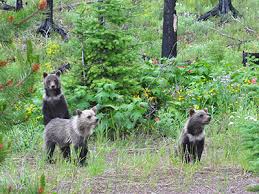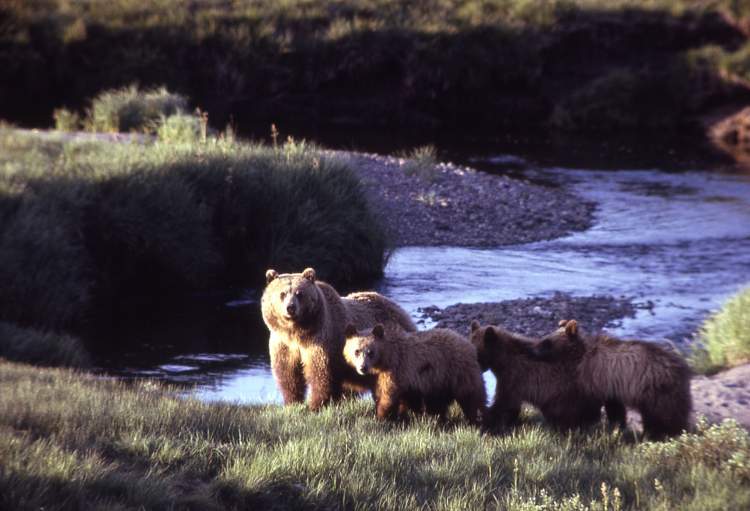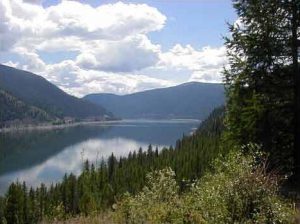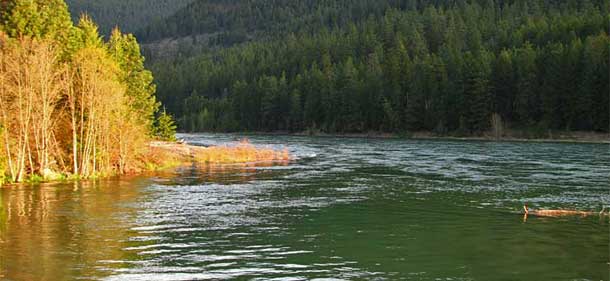It’s abut time this happened. The North Fork dodged this bullet (so far). However, other regions downstream from British Columbian coal operations have not been so lucky . . .
In a joint June 13 letter to British Columbia Premier John Horgan, a bipartisan slate of senators from all four states bordering the coal-rich Canadian province is pressing its top official to recognize the urgency of safeguarding U.S. waters from mining pollutants spilling downstream into shared transboundary watersheds.
In the latest and most authoritative appeal for Canadian officials to adopt more stringent water-quality standards, all eight senators from Alaska, Montana, Washington, and Idaho drafted a letter highlighting the ongoing efforts to mitigate the environmental and economic impacts resulting from large-scale hard rock and coal mines in British Columbia, as well as to draw attention to B.C.’s regulatory shortcomings surrounding natural resources shared by the neighboring nations.
“While we appreciate Canada’s engagement to date, we remain concerned about the lack of oversight of Canadian mining projects near multiple transboundary rivers that originate in B.C. and flow into our four U.S. states,” the letter states.



